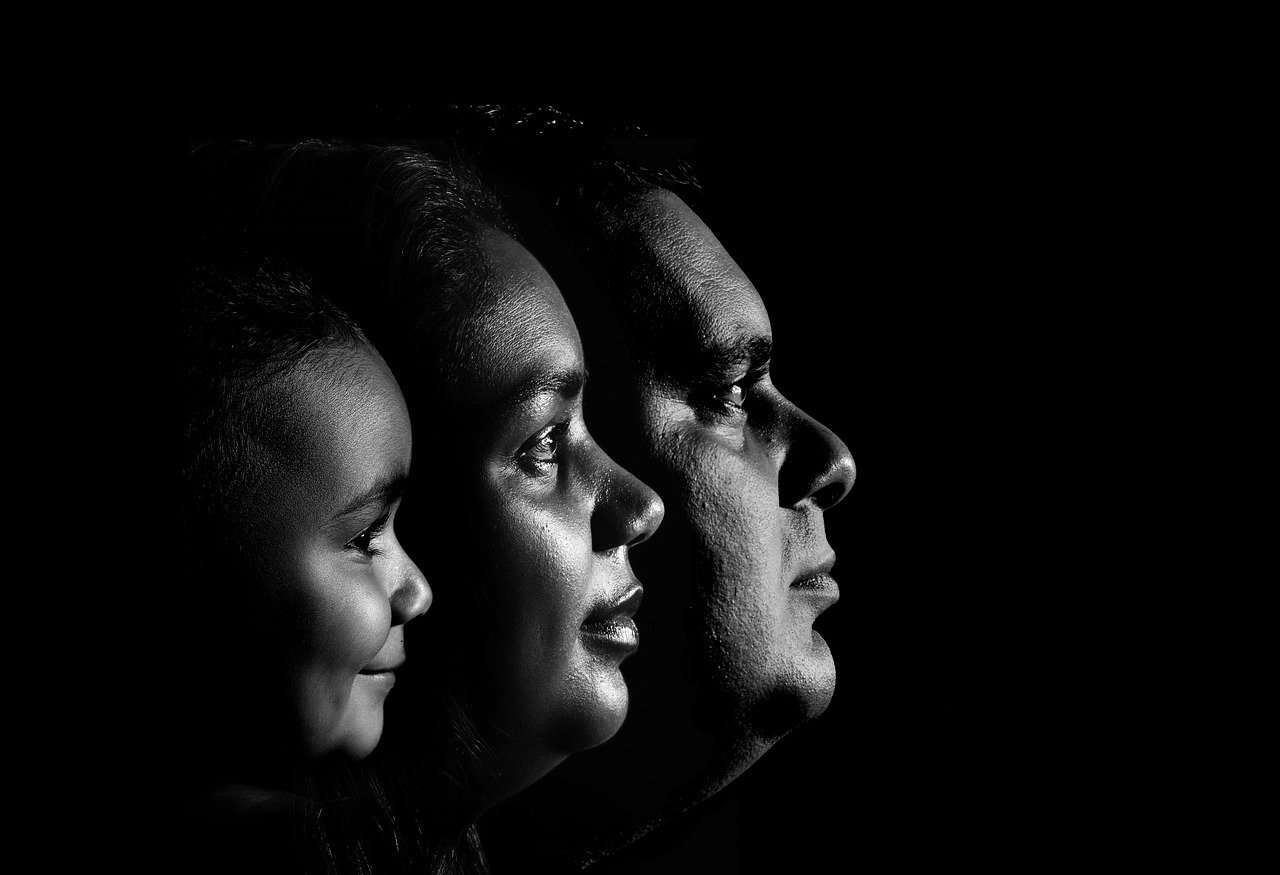The joint family system is deeply rooted within South Asian culture. It does injustice if simplified as it is often anything but simple. The most accurate way of understanding it is by trying to examine the many variables it incorporates i.e. cultural expectations, economic circumstances, gender roles, personal values, and evolving family dynamics. Whether in South Asia or among diasporic communities abroad, this system continues to exist in varying forms: some families embrace it fully, others reject it, and many navigate somewhere in between.
As parents age, it is common for adult children to live with them, both to provide care and to uphold familial duty. Traditionally, this responsibility falls on the eldest son, who, along with his wife and children, is expected to assume the mantle of caregiving. This norm is rooted in cultural conditioning, where sons are often raised with a clear sense of this obligation and responsibility. However, shifting realities have seen many daughters step into this role for a variety of reasons. Some daughters express greater trust in the care they can personally provide for their parents, while others take on the responsibility due to a brother’s unwillingness, inability, or logistical limitations. In many cases, cultural dynamics within a marriage, such as a wife’s reluctance to live with in-laws, also influence these decisions.
Regardless of who takes on the responsibility, one fact remains clear: the joint family system intensifies both benefits and challenges simply by the number of people involved. Emotional dynamics, financial implications, and personal freedoms are all magnified in this shared living setting. As such, any honest evaluation must account for how these elements are lived and experienced, not in isolation, but as part of a larger and evolving dynamic.
In today’s world climate of increasing individualism, the relevance of joint families is often questioned.
Emotional Support and Bonding
Living in a joint family means constant companionship. Children are raised with love and attention from multiple caregivers; parents, grandparents, uncles, and aunts. Elderly members receive care and affection, and no one feels isolated or neglected.
This closeness can sometimes lead to emotional interference. Over-involvement in each other’s lives may feel suffocating, especially to younger members who value independence. Personal problems can easily become public, leading to stress or misunderstandings.
Financial Stability and Resource Sharing
When income and expenses are pooled, a joint family enjoys greater economic stability. Collective purchasing reduces individual burden, and the family is better positioned to manage crises such as unemployment, illness, or unexpected expenses.
Inequitable financial contributions can cause tension. Some members may feel exploited if they earn more but are expected to support everyone. Disagreements on budgeting or spending priorities can also create friction, especially between generations with different financial attitudes.
Childcare and Education
Grandparents and other adults in the household help in raising children, which reduces the need for external childcare. Children benefit from a range of experiences, learn moral values, and are often more socially adept due to constant interaction.
Conflicting parenting styles can confuse children. Parents may feel undermined if others in the household discipline or influence their children differently. Moreover, elders may impose outdated methods or beliefs, creating a clash with modern parenting philosophies.
Shared Responsibilities
Workloads are distributed among many people. Household chores, errands, and caregiving become manageable when shared. This teamwork instills discipline and accountability in younger family members.
The division of labor is not always equal or fair. Traditional gender roles may mean women take on more domestic duties, regardless of employment status. Some members may also shirk responsibilities, leading to resentment or burnout among those who contribute more.
Cultural Continuity and Traditions
Joint families play a vital role in preserving cultural identity. Children are immersed in family traditions, languages, and religious practices, gaining a deeper understanding of their heritage.
This emphasis on tradition can stifle personal freedom. Younger members may be discouraged from pursuing modern lifestyles, relationships, or career paths if they conflict with conservative values. Resistance to change can hinder individual growth and cause generational rifts.
Further overarching challenges;
Privacy
Living with many people under one roof can lead to a constant lack of solitude. Personal decisions often invite unsolicited opinions. Couples may struggle to find time alone, and individuals might feel emotionally and mentally overwhelmed.
This absence of personal space can contribute to mental fatigue, relationship strain, and a longing for autonomy (making our own decisions without influence or expectation from another), especially among young adults or newlyweds.
Conflicts
Disagreements are common in any household, but they’re magnified in joint families due to the number of people involved. Power struggles, generational differences, and personality clashes can cause long-standing disputes.
These tensions can turn very unhealthy and difficult to navigate if not addressed. Family politics may alienate members, leading to emotional distress or even permanent splits.
Power
In many joint families, elders or male members dominate decision-making. While their experience is valuable, this hierarchy can suppress younger voices, women, or those with differing opinions.
Such imbalances can cause dissatisfaction, especially in educated, independent-minded members who feel overlooked or controlled.
Decisions
With multiple opinions to consider, a decision can take time and this may cause dissatisfaction. Consensus is not always easy.
Delayed or compromised decisions may result in frustration and inefficiency. Individual aspirations might get sidelined to maintain family harmony.
Conclusion
What is the middle path?
The joint family system offers a rich, multi-layered living experience. It provides emotional warmth, cultural continuity, and collective strength, while also demanding compromise, adaptability, and emotional intelligence. By acknowledging both its advantages and limitations, families can decide whether this model suits their needs and values.
Ultimately, the success of a joint family lies in its ability to balance collective unity with personal freedom. If nurtured with empathy and mutual respect, it can serve as a powerful foundation for lifelong bonds, intergenerational wisdom, and communal resilience in a changing world.

